
4 minute read
A Semi-Hidden Gem
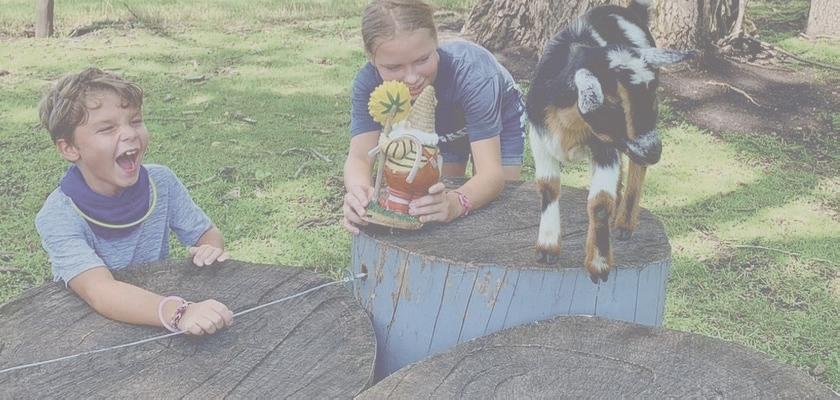
A PLACE FOR MAKERS, EXPLORERS, AND TINKERERS OF ALL TYPES
Opening a small business includes risks and challenges, and Ruby Ranch is no diff erent. Located near Pemberton, Minn., Ruby Ranch does not get a lot of drive by business. It is mostly seasonal—open from spring break through Halloween weekend. Yet, animal care and property maintenance responsibilities are year-round. And then, in its third year, COVID-19 hit. Ruby Ranch owner, Ashley Rehder (’09, ’11) chuckled, “Every year, my husband and I ask each other, ‘Well, are we going to do this again?’”
A PASSION FOR EDUCATION AND A PARTNER WHO CHALLENGED ACTION
Aft er earning a bachelor’s degree in elementary education, Ashley continued and earned a master’s in teaching and learning two years later. As she was fi nishing her thesis on the topic of what kids need to learn, the structure of the traditional classroom began to feel too restrictive. “I felt like I was doing everything wrong—kids need outdoor play, free exploration, unstructured time, time to play with their hands. Even kindergarten is so structured,” she said. “I felt like I wasn’t doing those things in my classroom. “My husband [Nickolas ’11, mechanical engineering] doesn’t let me complain. He is a doer. He asked me, ‘What are you going to do about it? How are you going to change it?’” She was working as a kindergarten teacher, balancing caring for her 1-year-old daughter, and fi nishing her master’s in education—not exactly a layabout. However, she began brainstorming. Together, they developed a concept of a classroom without walls and began looking for property. Th e Rehders wanted to engage kids in learning, provide a way for them to build and explore. Camps were always the model. Th e fi rst year (2016-17) was full of construction and landscaping projects that transformed their 100-year-old farmstead into Ruby Ranch. Th e two biggest projects were adding a pond and turning the shed into an art studio with woodworking and ceramics. Ruby Ranch opened June 1, 2018.
RUBY RANCH’S OUTDOOR CLASSROOM
Hands-on, interactive learning is the cornerstone of all Ruby Ranch lesson plans. Camp topics are as diverse as the campers and have included bugs, bees, painting, woodworking, creek exploration, American history, ceramics, fi zzing potions, farm animals, and cookies! When COVID-19 restrictions hit, the Rehders needed to change things up. Camps operated at 50 percent capacity and were one day camps only. Ashley developed an e-commerce site with DIY kits families could pick up and do at home. “Th at got us through April,” she said. But Ashley wanted people to come out to the farm, see and interact with the animals and the environment.
Th e Rehders decided to bring their love of escape rooms to the farm. “My husband is an engineer. If I can think it up, he can design it,” she said. “We set up traps all over our property. Participants had to scan a QR code for the clues
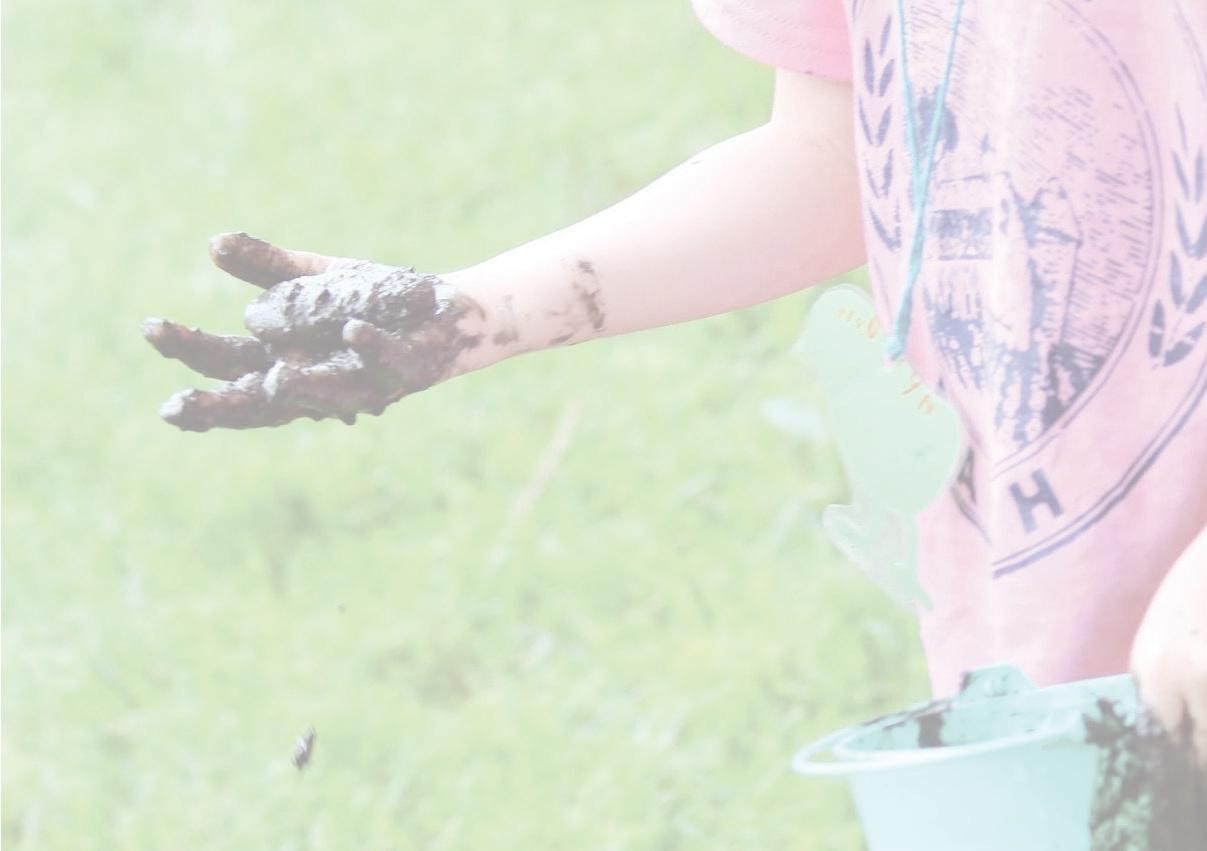

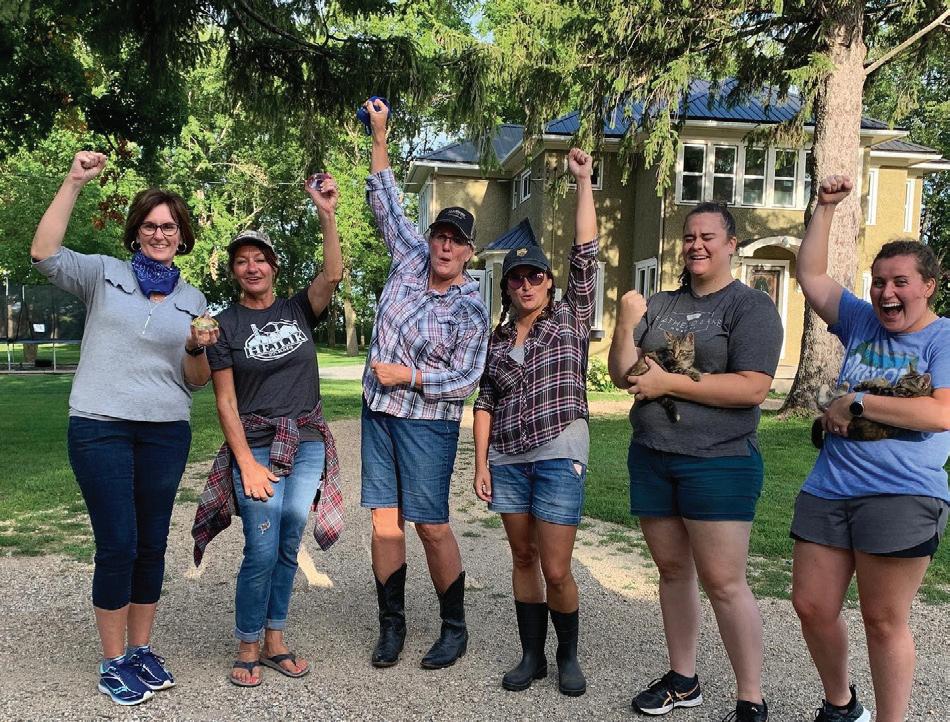
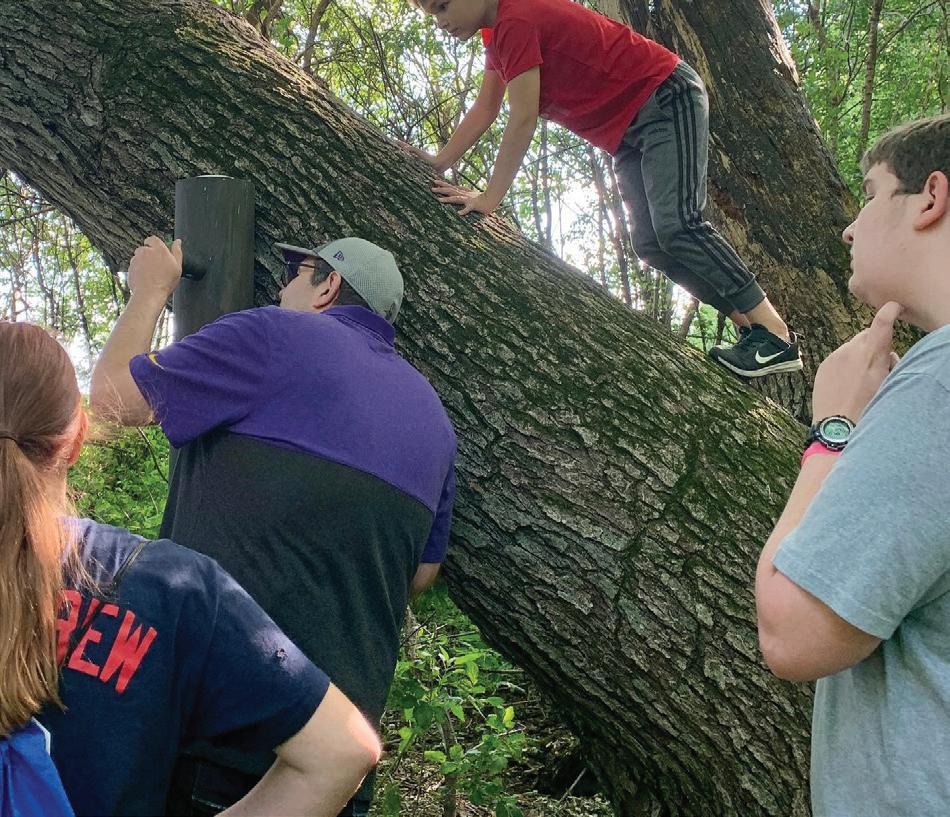
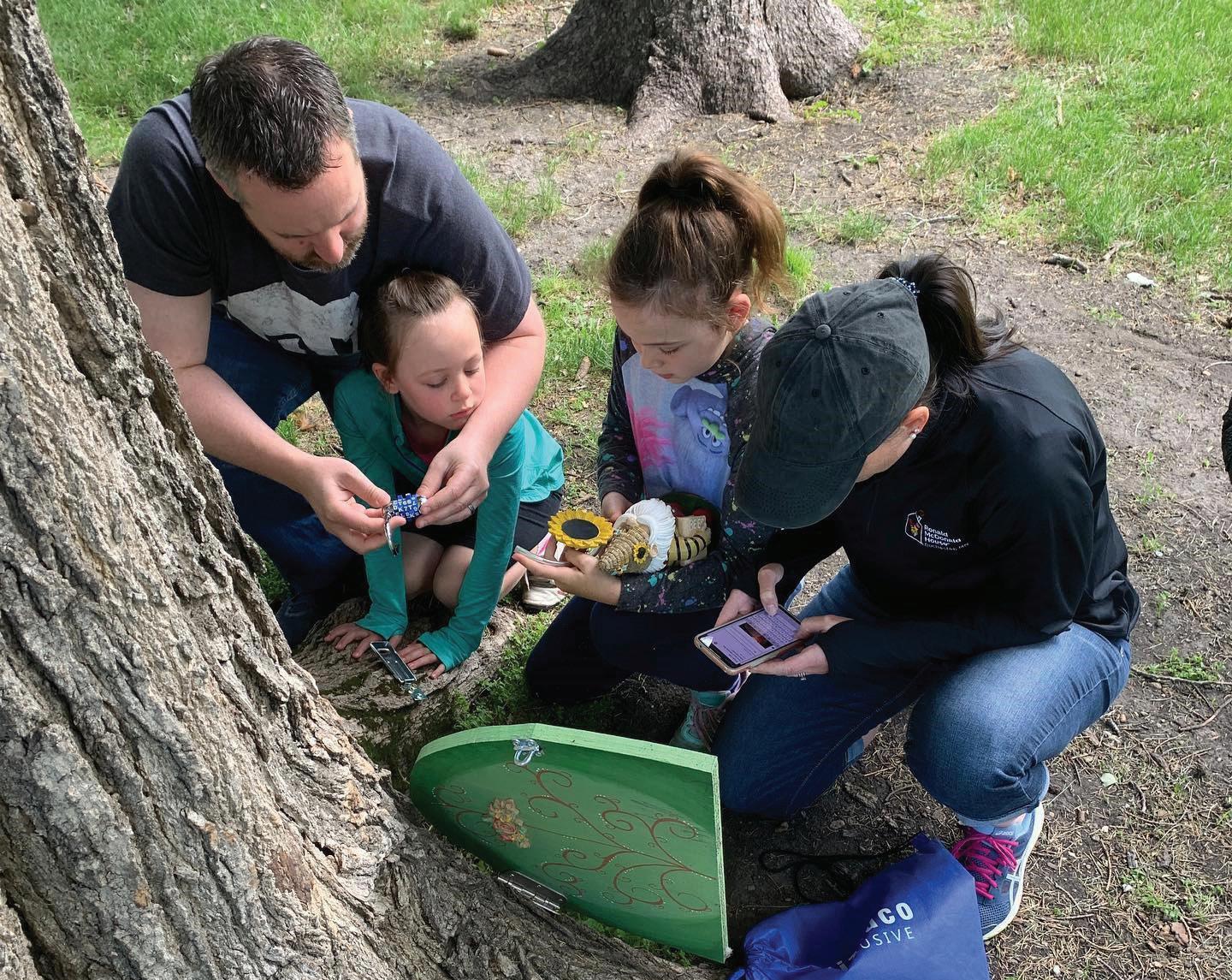
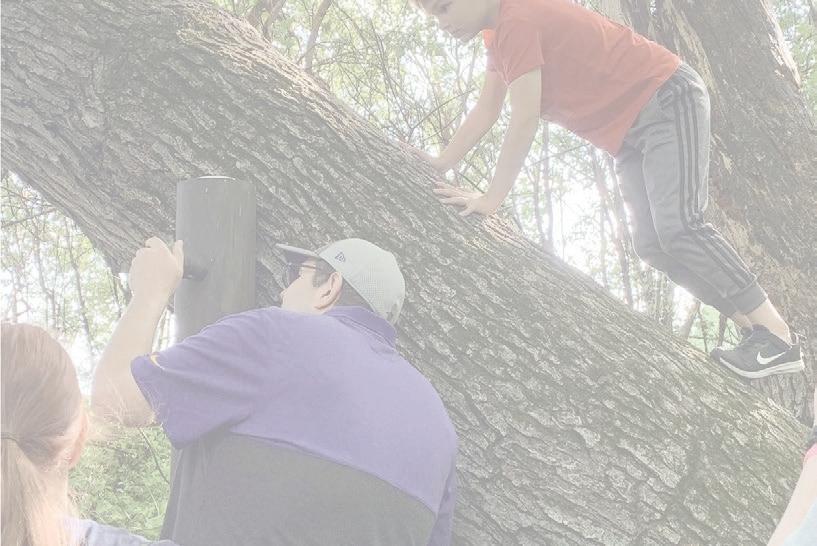
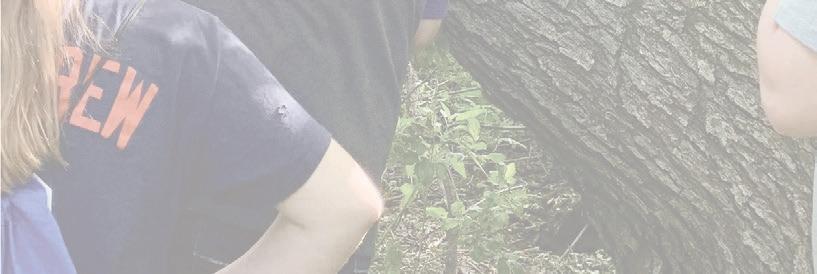
and solve one to get the next clue. Th ey came in groups of 10 or less, wore masks, and spread out. It got people outside and doing something fun and engaging.”
BEEHIVE INSPECTIONS & TREE CLIMBING TIPS
While running the camp continues to be a challenge, Ashley’s cup is fi lled when she sees how time at Ruby Ranch impacts and changes kids. “Th ere are so many moments that help me see we are doing the right thing,” she said. Each summer Ruby Ranch off ers a Bugs and Bee Camp. Every camper gets a bee suit. Th ey learn about bees; learn about the hive; see inside the hive; taste unrefi ned honey, fi ltered honey, and fl avored honey. “Th e fi rst day there are always kids who back up saying, ‘I’m not doing this, no way.’ And every day they get closer. By the end, the kids who were literally shaking on Day 1 were all really into it, their noses were so close, they were so engaged, so interested. Th at was really cool.” Another lesson not included in the traditional K-12 curriculum is tree climbing. “We teach them how to safely climb trees; what to look for in a tree that is safe to climb.” A week aft er camp, a mother of a timid, shy camper messaged Ashley. She explained that her daughter had been going to her brother’s baseball games for four years and sits in the bleachers. Th e past year was diff erent. “I don’t know what you did at camp,” said the mother, “but my daughter is watching her brother’s baseball game from the trees behind the bleachers.”
Experiences like that lets me know they [campers] are getting things from their time here, said Ashley. It may seem small, but it is important.
For more information: Ruby Ranch





